Specific Heat Problems Chemistry Worksheet Answers
Understanding and practicing specific heat problems in chemistry is essential for students who want to gain a solid understanding of this fundamental concept. Whether you are studying for an upcoming test or simply want to enhance your knowledge, having access to a worksheet with detailed answers can be incredibly helpful. In this blog post, we will explore the benefits of using specific heat problems chemistry worksheets with answer keys, and how they can assist students in mastering this subject.
Table of Images 👆
More Chemistry Worksheets
What is specific heat?
Specific heat is the amount of heat energy required to raise the temperature of one unit mass of a substance by one degree Celsius (or one Kelvin) without causing a phase change. It is a physical property that varies for different substances and is commonly used in calculations involving thermal energy transfer.
How is specific heat measured?
Specific heat is measured by determining the amount of heat energy required to raise the temperature of a unit mass of a substance by a certain degree. This is typically done through experiments where a known amount of heat is added to a sample of the substance and the resulting temperature change is measured. The specific heat capacity of a substance is then calculated by dividing the amount of heat energy transferred by the mass of the substance and the change in temperature.
What is the equation used to calculate the heat absorbed or released by a substance?
The equation used to calculate the heat absorbed or released by a substance is q = m * c * ?T, where q represents the amount of heat energy absorbed or released, m is the mass of the substance, c is the specific heat capacity of the substance, and ?T is the change in temperature of the substance.
How does the specific heat of a substance affect its temperature change when heat is added or removed?
The specific heat of a substance determines how much heat energy is required to change the temperature of a given mass of that substance by one degree Celsius (or Kelvin). A substance with a higher specific heat will require more heat energy to increase its temperature compared to a substance with a lower specific heat. This means that substances with higher specific heat will show less temperature change when heat is added or removed, while substances with lower specific heat will show greater temperature changes for the same amount of heat added or removed.
How does the specific heat of a substance compare to the specific heat of water?
The specific heat of a substance refers to the amount of heat energy required to raise the temperature of one unit mass of that substance by one degree Celsius. Compared to most other substances, water has a relatively high specific heat capacity, at 4.18 J/g°C. This means that it takes more energy to raise the temperature of water compared to many other substances of the same mass.
What are some factors that can affect the specific heat of a substance?
Some factors that can affect the specific heat of a substance include its chemical composition, molecular structure, and phase (solid, liquid, gas). Additionally, the temperature and pressure under which the substance is measured can also impact its specific heat. The presence of impurities or different isotopes in the substance can also influence its specific heat capacity.
How does the specific heat of a substance relate to its molecular structure?
The specific heat of a substance is directly related to its molecular structure because it reflects the amount of energy required to increase the temperature of the substance by a certain amount. The specific heat is influenced by the types of bonds between atoms, the mass of the molecules, and the degree of freedom of movement within the molecules. For example, substances with stronger intermolecular forces, such as metals, tend to have lower specific heats because they require less energy to increase their temperature compared to substances with weaker intermolecular forces, such as gases.
How can specific heat be used to identify an unknown substance?
Specific heat can be used to identify an unknown substance by measuring the amount of heat energy required to change the temperature of a known mass of the substance by a certain amount. Each substance has a unique specific heat value, which is a physical property that is constant for that substance. By comparing the specific heat of the unknown substance to known substances, scientists can identify the unknown substance based on its specific heat value.
What are the units for specific heat?
The units for specific heat are typically Joules per kilogram per degree Celsius (J/kg°C) or Calories per gram per degree Celsius (Cal/g°C).
How can the concept of specific heat be applied in everyday life?
The concept of specific heat can be applied in everyday life when cooking. Specific heat is the amount of heat energy required to raise the temperature of a substance by a certain amount, and this knowledge can help in determining cooking times and temperatures for different foods. By understanding the specific heat of different ingredients, one can adjust cooking methods to ensure that food is cooked evenly and retains its desired texture and flavor.
Have something to share?
Who is Worksheeto?
At Worksheeto, we are committed to delivering an extensive and varied portfolio of superior quality worksheets, designed to address the educational demands of students, educators, and parents.





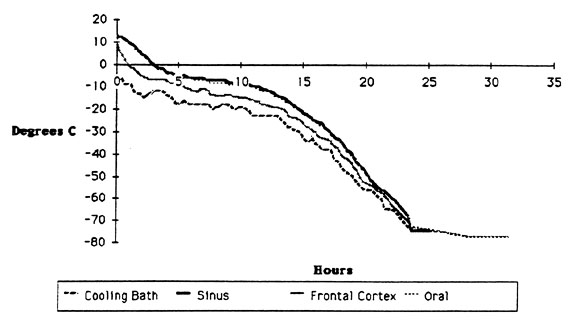
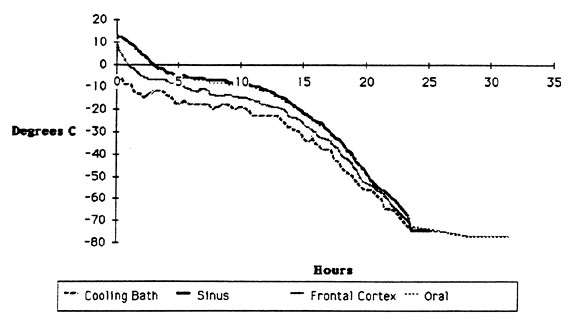
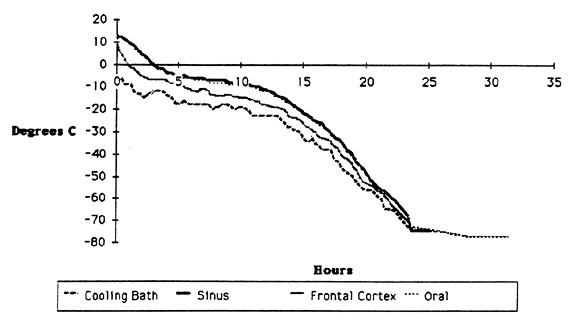
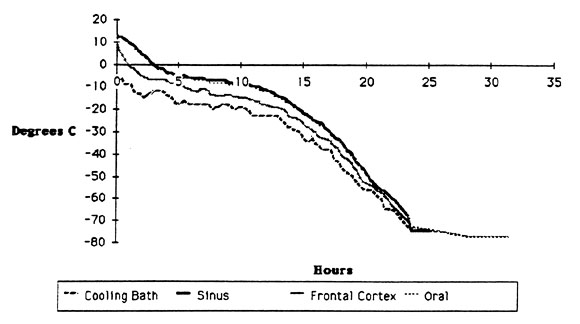
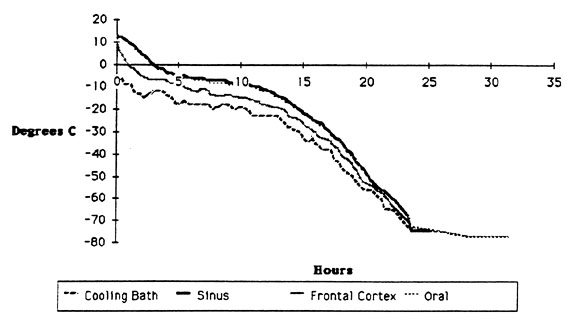
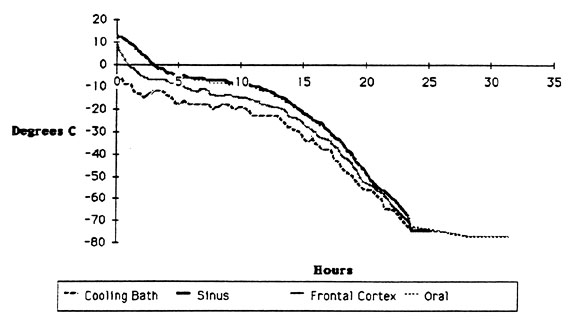
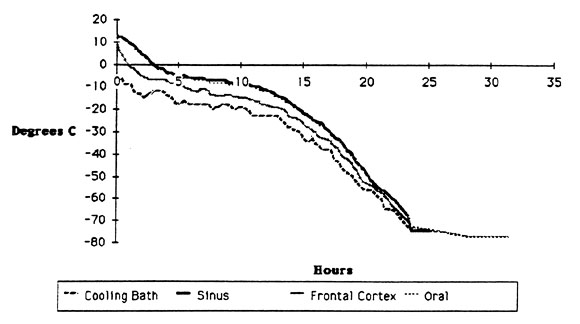
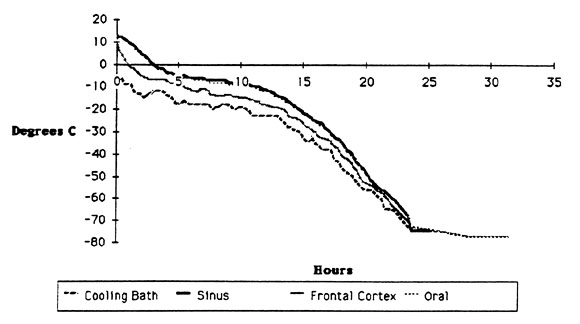
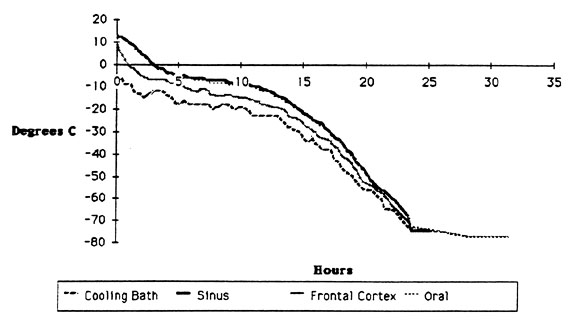
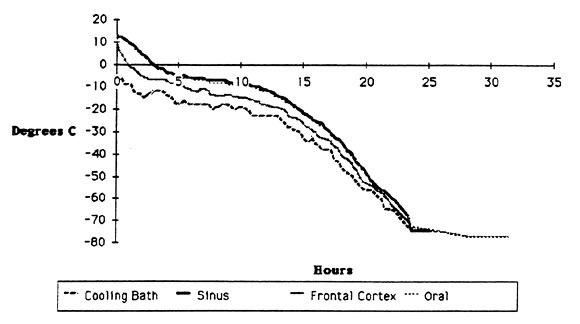
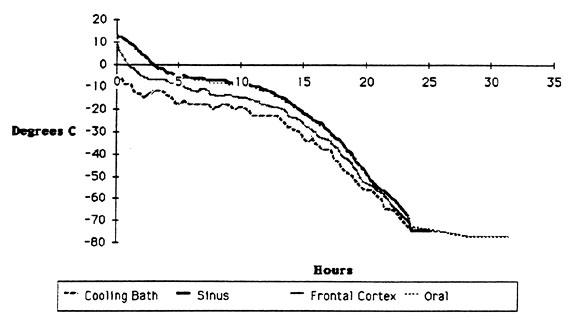
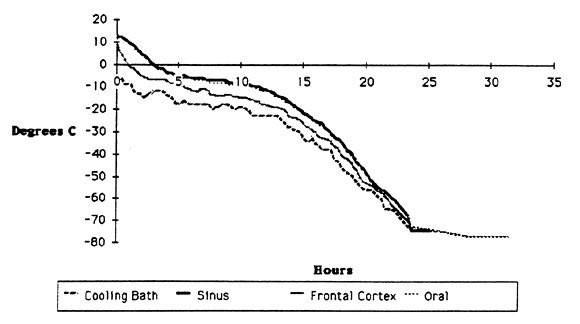
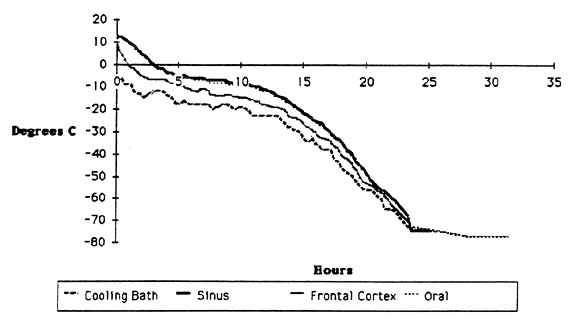
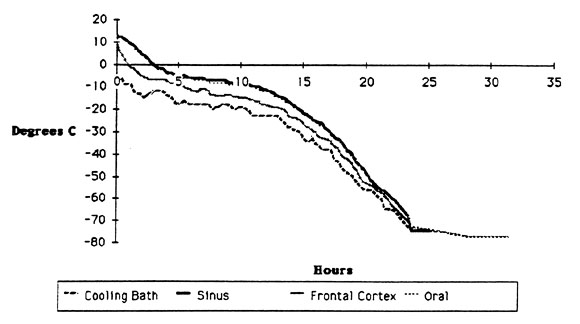
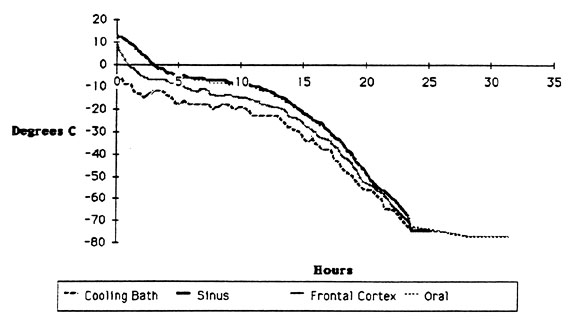
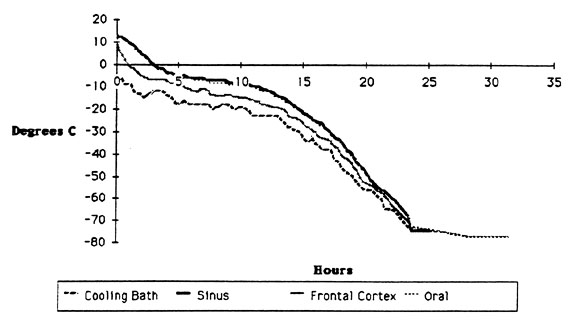
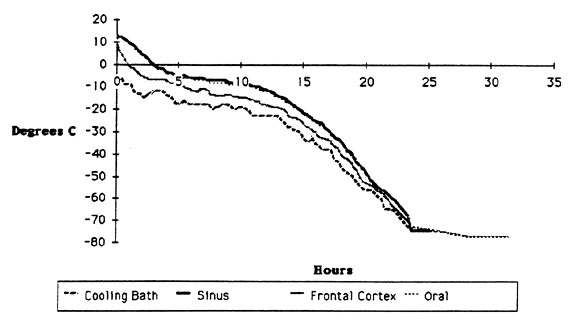








Comments